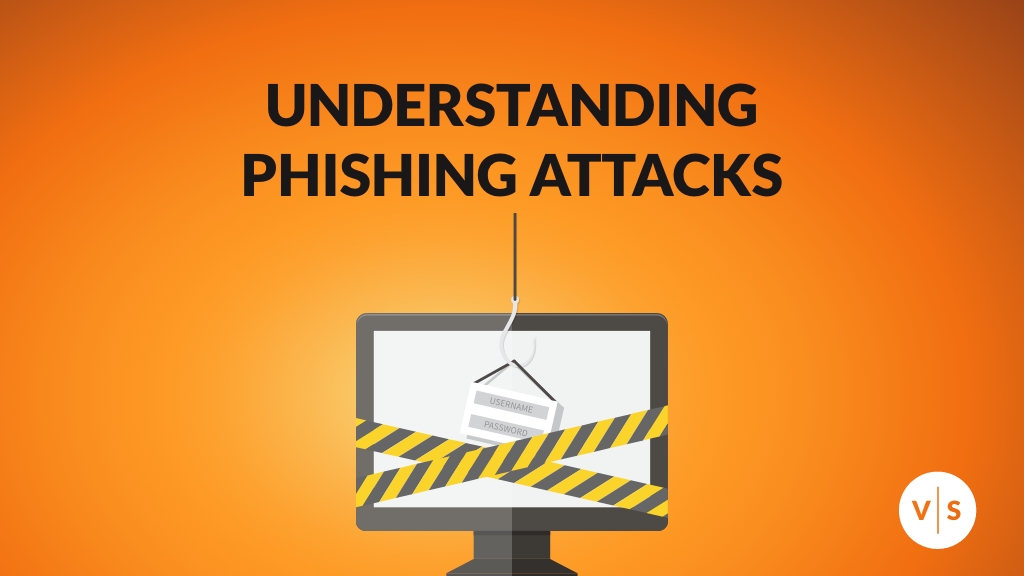Phishing attacks are a common and serious type of online scam where scammers pretend to be trustworthy sources to steal sensitive information like passwords and credit card numbers.
Usually, phishing happens through emails, texts, or social media messages. These deceptive emails might look like they’re from your bank or a familiar service, urging you to update your account details or verify personal information.
For instance, you might get an email that seems to be from your bank, claiming your account is at risk and asking you to click a link to fix it. But that link takes you to a fake website that steals your login details when you enter them.
For businesses, phishing poses significant risks. Employees might inadvertently disclose sensitive company information or grant access to internal systems through phishing attacks. Moreover, if customer information is compromised, it can damage trust and lead to legal and financial consequences.
To protect both business and personal information:
- Check the sender’s email: Look closely at the email address for mistakes or strange domains.
- Hover over links: Before clicking, hover your mouse over links to check if they lead to legitimate websites.
- Watch for generic messages: Phishing emails often use generic greetings like “Dear Customer” instead of your name.
- Be careful with attachments: Only open attachments from people you trust and scan them for viruses.
- Use multi-factor authentication (MFA): MFA adds extra protection by requiring more than just a password.
Stay aware and learn about phishing tactics to safeguard your personal information and lower the chances of being tricked online, a practice that is crucial for maintaining security within a company and protecting customer data.
At VS Technology, we specialize in cybersecurity training that empowers businesses and individuals to recognize and prevent phishing attacks. Stay ahead of cyber threats with our expert guidance and protect your data effectively.

